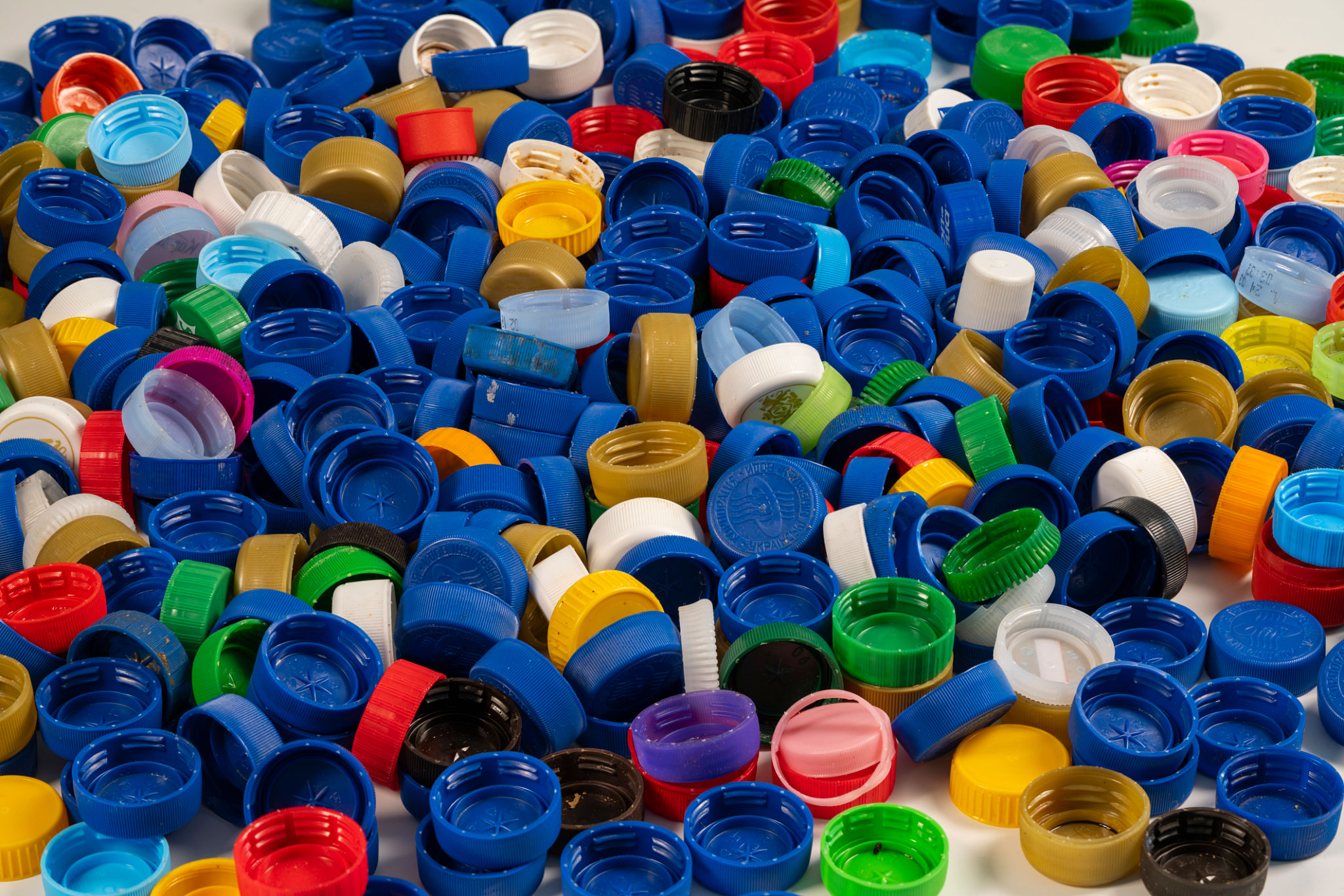The Artistic Process: Creating EcoPassion Sculptures from Waste
The Journey from Waste to Art
The transformation of waste into stunning sculptures is not just about creativity; it’s a movement towards sustainability and environmental consciousness. EcoPassion sculptures exemplify this artistic process, demonstrating how discarded materials can be reimagined into something beautiful and meaningful. This journey is both a personal and environmental exploration, highlighting the potential of waste as a medium for art.
For many artists, the process begins with an exploration of available materials. Rummaging through junkyards, recycling centers, and even neighborhood waste bins can yield unexpected treasures. Artists often see beauty where others see trash, and this unique perspective is at the heart of creating EcoPassion sculptures.

Conceptualizing the Sculpture
Once the materials are gathered, the next step in the artistic process is conceptualization. Artists must envision how each piece of waste can contribute to their overall design. This phase involves sketching ideas and brainstorming ways to incorporate different textures, colors, and forms.
During this phase, artists consider not just aesthetic appeal but also the message they wish to convey. EcoPassion sculptures often aim to raise awareness about environmental issues, encouraging viewers to rethink their relationship with waste and consumption.

Bringing Ideas to Life
After conceptualization, artists move on to the actual construction of the sculpture. This involves cutting, bending, welding, and assembling various materials. The process is labor-intensive and requires a high level of skill and patience. Yet, it is during this stage that the true magic happens, as disparate pieces come together to form a cohesive work of art.
Safety is a crucial consideration during construction. Artists need to protect themselves from sharp edges, toxic residues, or any other hazards that might arise from working with waste materials.
The Role of Emotion in Creation
Emotion plays a significant role in the creation of EcoPassion sculptures. Each piece tells a story, infused with the artist’s personal experiences and emotions. This emotional connection not only enriches the artwork but also resonates with audiences, inviting them to engage with the piece on a deeper level.

The creative process can be both demanding and rewarding. Artists often face challenges such as finding the right materials or overcoming technical difficulties. However, these challenges are integral to the artistic journey, pushing creators to innovate and think outside the box.
Impacting the Community
Beyond individual expression, EcoPassion sculptures have a broader impact on communities. They serve as educational tools and catalysts for conversations about sustainability and environmental responsibility. Public installations can inspire collective action and foster a greater appreciation for eco-friendly practices.
Many artists engage with local communities through workshops and exhibitions, sharing insights into their creative process and encouraging others to explore their own artistic abilities using recycled materials.

The Future of EcoPassion Art
As awareness of environmental issues continues to grow, so does the importance of art forms like EcoPassion sculptures. These unique creations remind us of the potential for beauty in unexpected places and challenge us to reconsider our consumption habits.
In the future, we can expect to see more artists embracing sustainable practices and exploring new ways to incorporate waste into their work. The artistic process of creating EcoPassion sculptures will continue to evolve, inspiring both artists and audiences alike to pursue a more sustainable world.